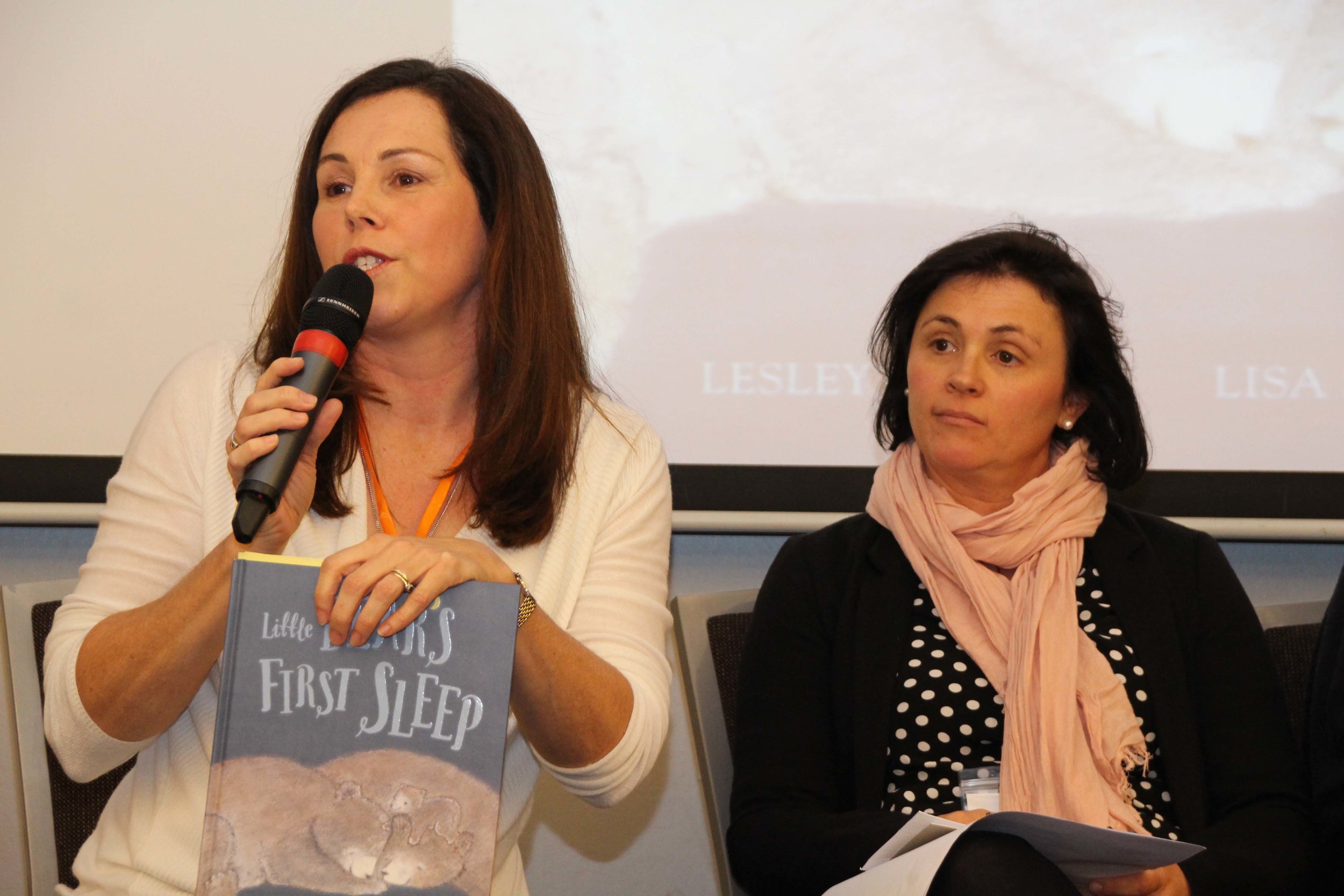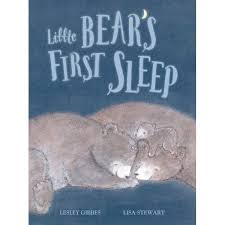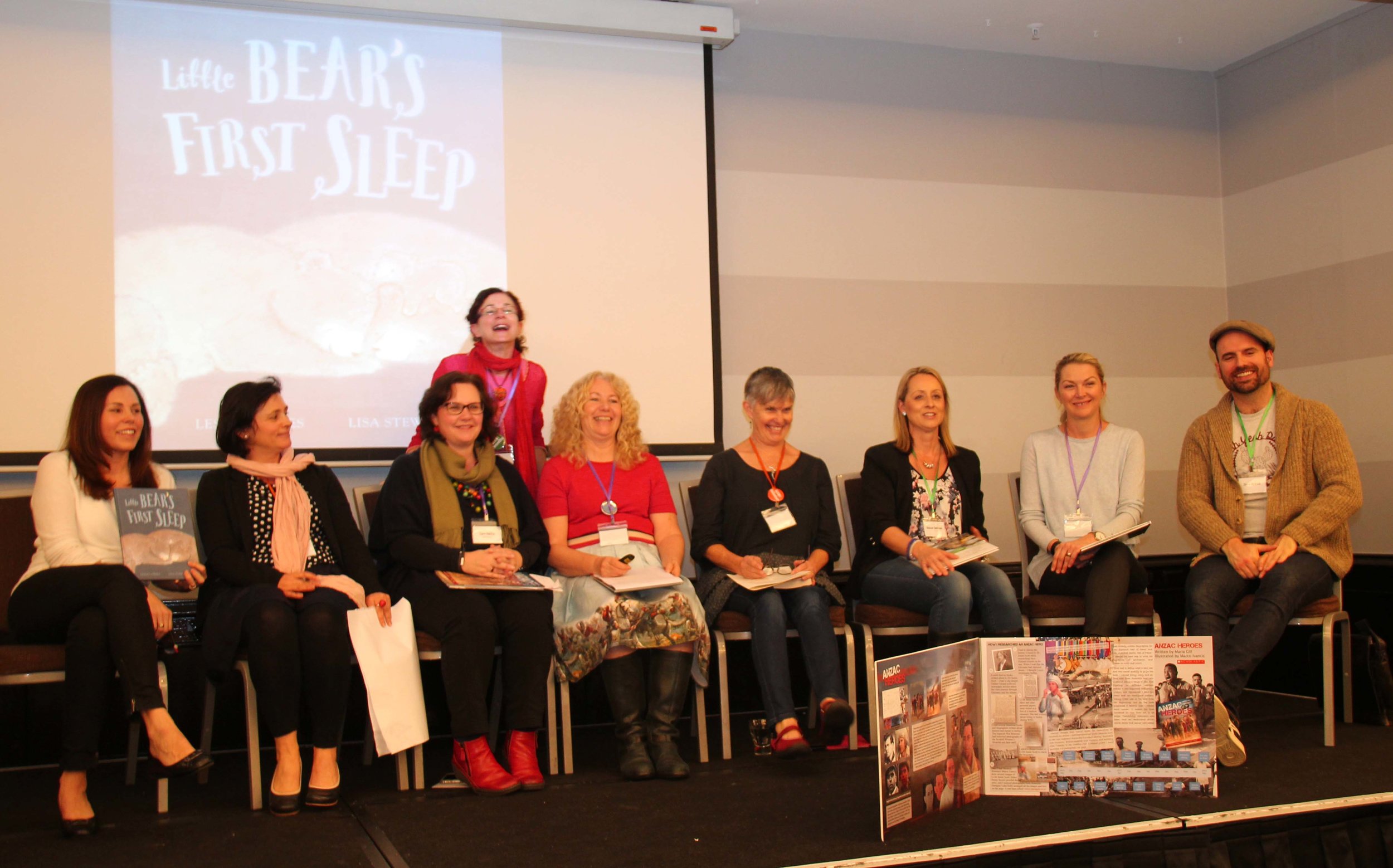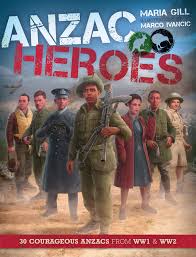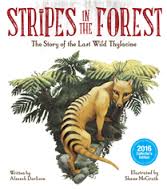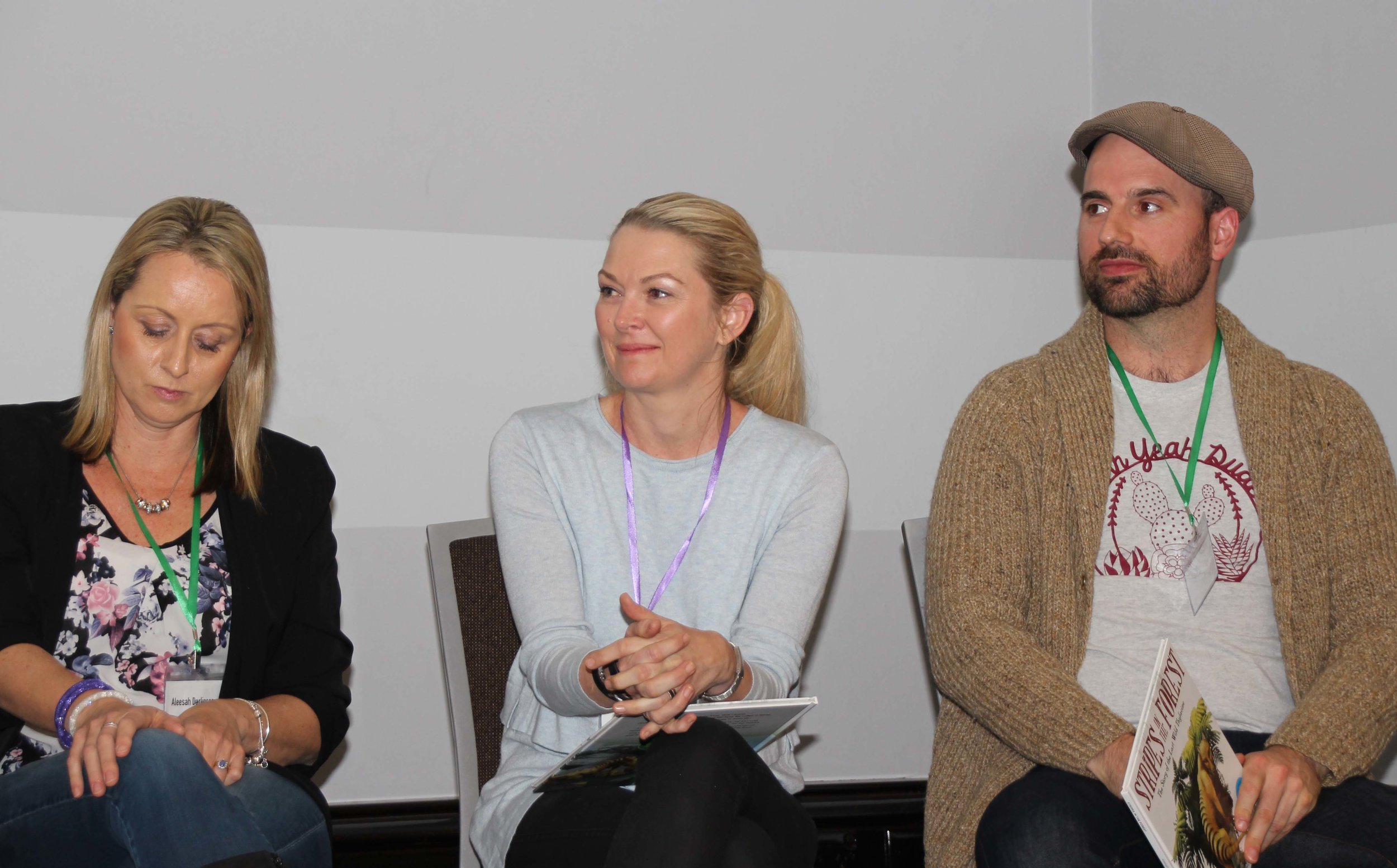Diane Evans – Publishing Director Big Sky Publishing along with, Allison Patterson – Author with Big Sky Publishing and publishing consultant, guide us along the path to publication.
Allison Paterson and Diane Evans
This session was a smooth as they come, the presenters shared valuable information at a good pace and were clearly comfortable in each other’s presence making it a joy to attend.
Big Sky Publishing initially only published nonfiction and books for adults but over the last few years have introduced children’s books.
Diane Evans works across the board of books and all areas of the publishing business within Big Sky Publishing.
Alison Patterson has a teacher-librarian background and uses her knowledge of children to write for children of all ages from picture books to YA.
Big Sky Publishing has a interest in information books with strong messages and links to the Australian curriculum. Diane suggest that authors look for gaps in the market.
It is important for authors to see and position themselves as entrepreneurs.
“Ask yourself why your book is different to the ones already on the market but do this right at the beginning.”
This is to save yourself work, if there is already something like it out on the market, it may be worthwhile focusing on another project.
“We are looking for authors to work with us on more than one book.” And from an international perspective are looking for books that can carry a series. Diane prefers authors to pitch her a series with strong selling points, and advises to include the first book and synopses for the next books in the series.
Allison used images from Ronald Dahl’s writing journal to look at where ideas come from. She also spoke about the importance of listening to the kids’ voices of ‘right now’ to find the ‘authenticity of the child’s voice.’
She talked about the importance of embedding fact in your story, even when writing fiction, and when writing historical fiction to stay a as truthful to the facts as you can.
“It is important to create a detailed backstory for you character, so that you know how a child will feel in any given situation.”
Diane stressed that publishers don’t have time to work on proposals with authors any more. A proposal these days needs to be polished and well researched as you usually only get one go at it.
“PUBLISHERS WANT TO KNOW WHAT AUTHORS ARE DOING FROM A NETWORKING PERSPECTIVE”
Enthusiastic master class delegates learning the secrets to publication success
Big Sky Publishing expects authors to do a lot of their own social media, do school visits and more. Publishers want to know what authors are doing from a networking perspective. It is important as an author to know what your strength is and to leverage it.
Phew. That was a lot to take in, but so invaluable. I can’t thank Diane and Allison enough for this session.
by Yvonne Mes
#SCBWISyd




